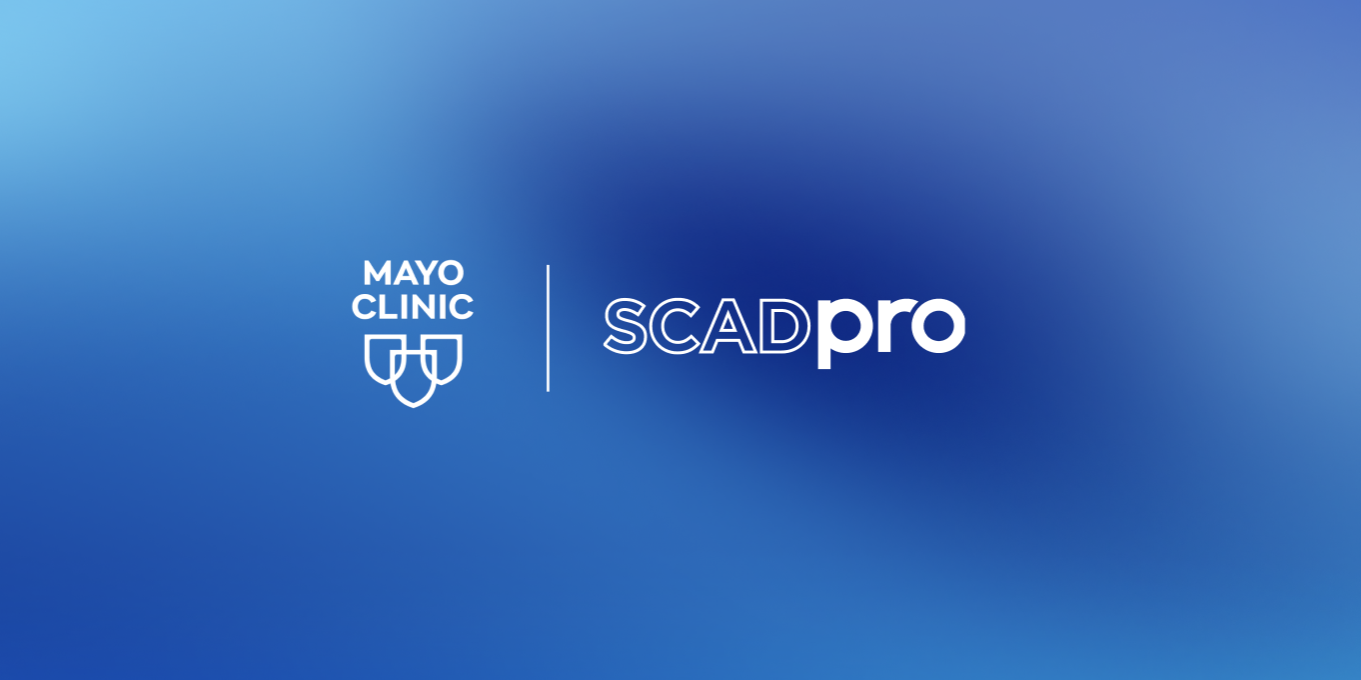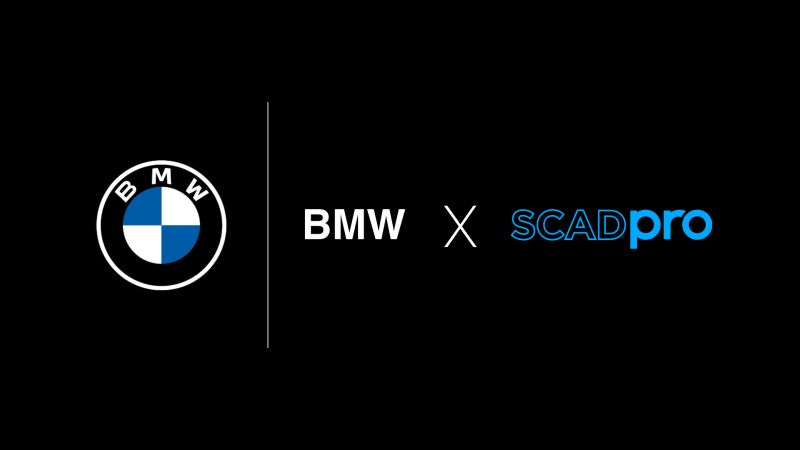ARVR 310
This course introduces students to extended reality (XR) development using Unity and the XR Interaction Toolkit. Designed for learners with limited programming experience, the curriculum covers essential systems such as interaction design, menu and lobby creation, locomotion, lighting, and performance optimization. Students explore practical applications of artificial intelligence for coding support and asset generation, empowering them to build immersive and functional XR environments. Project-based learning culminates in published experiences—see examples here—that demonstrate each student’s creative and technical growth.
IXDS 710
This graduate course provides a foundational framework for conceiving and developing innovative digital products. Students begin by identifying product value through the Product Quality Method, then progress through iterative design thinking to ideate, prototype, and test their concepts. The course culminates in a narrative-driven presentation, equipping students with storytelling strategies that enhance clarity, engagement, and impact when communicating their product vision.
ITGM 708
This graduate-level course equips students with practical frameworks to develop and validate project concepts using Lean Canvas methodology. Through focused instruction in storytelling, data visualization, and presentation design, students learn to craft compelling narratives and communicate ideas effectively across diverse stakeholder groups. The curriculum integrates persuasion theories and leadership principles to strengthen students’ ability to advocate for their projects with clarity, confidence, and strategic insight.
ITGM 220, 522
This foundational course introduces students to object-oriented programming through Processing (Java), a department-selected environment tailored for visual and interactive development. Emphasis is placed on writing clean, well-structured code to build simple 2D games, reinforcing core coding principles and fostering creative problem-solving within an interactive design context.



